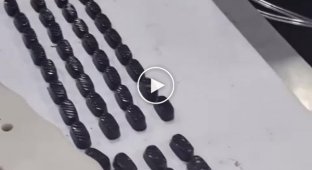A Crazy 1965 Device That Was Supposed to Make Life Easier for Women in Labor Using Centrifugal Force (6 photos + 1 video)
In 1965, a childless New York couple, George and Charlotte Blonsky, received a patent for a very strange invention. 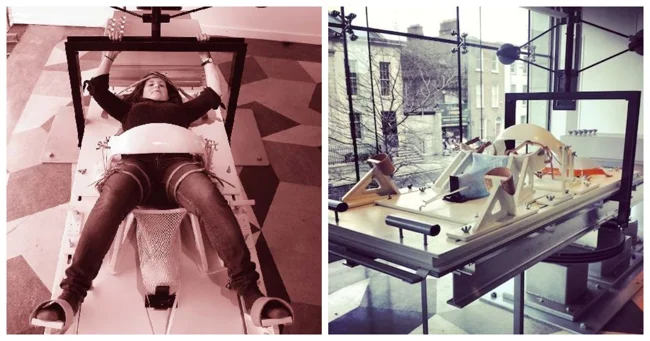
The device has the pretentious name "Apparatus for facilitating childbirth using centrifugal force." 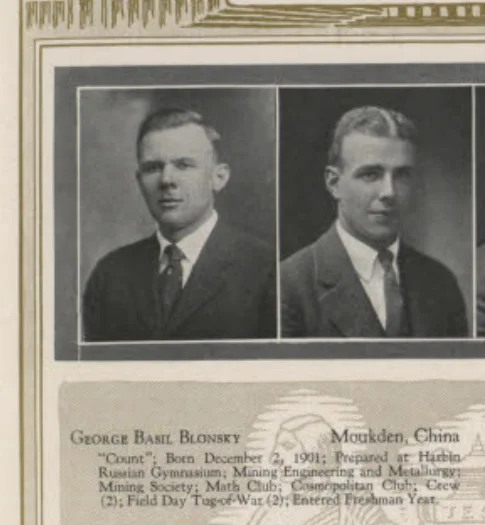
George Blonsky
The device was a rotating table on which the mother in labor was fixed in a lying position, with her legs outward. The table was spun at high speed, and under the action of centrifugal force, the baby was supposed to literally fly out of the birth canal. A special net for receiving the baby, located between the mother's legs, caught the newborn right in flight.
Good intentions or complete madness? 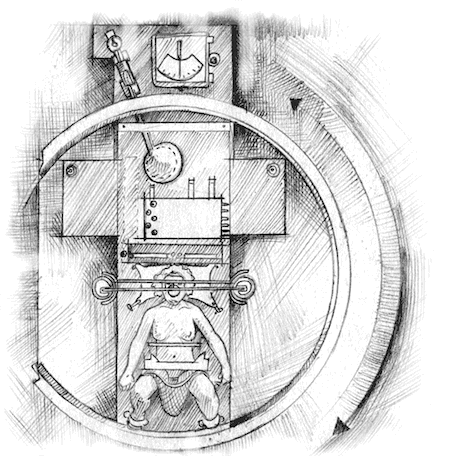
Although the device looked scary, its creators were guided solely by good intentions. As Blonsky explained, their invention was supposed to help women with underdeveloped muscles by creating a soft, evenly distributed and precisely controlled force that complemented her own efforts. 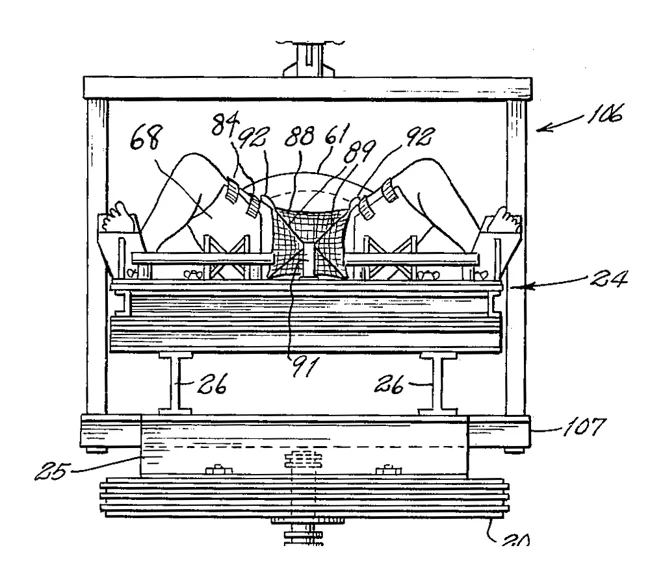
In the patent application, they explained their logic in detail:
It is known that due to anatomical features, the fetus requires significant force to overcome the resistance of the vaginal walls, the friction of the uterine surfaces and the pressure of the environment. In women with well-developed muscles, like those of primitive peoples, nature provides all the conditions for a quick and easy birth. However, in more civilized women who do not have sufficient physical training, this mechanism often fails. 
The document described in detail the design of the device, the method of fixing the woman in labor, and the role of the doctor in choosing the rotation speed. However, for some reason, the authors forgot to mention how to cope with bouts of nausea in a woman already experiencing labor pains. 
The device recreated for the exhibition
In 2014, the Dublin Science Gallery recreated a full-size model of the device as part of the exhibition "Best Losers", dedicated to the epic failures in the history of invention. The device could accelerate to 7g and was equipped with a bell (like in the original project), which rang when the child landed in the net. Apparently, in case no one noticed.
By the way, back in 1999 this invention was awarded the Ig Nobel Prize - an award for achievements that first make you laugh and then think.













